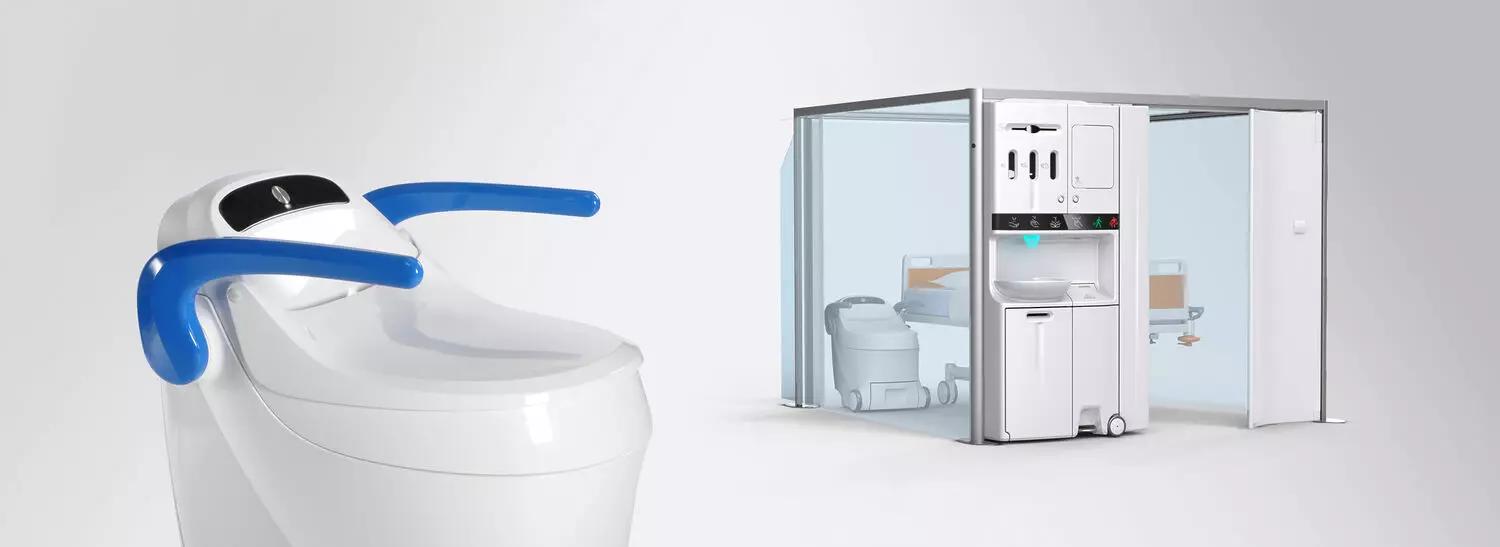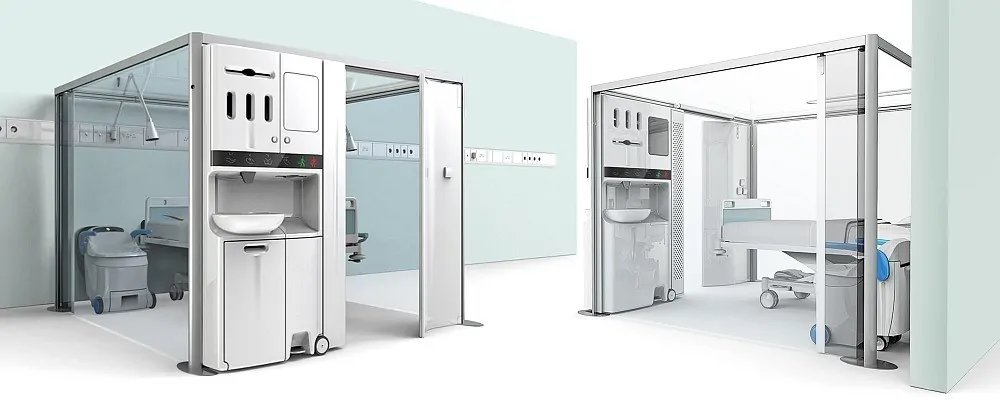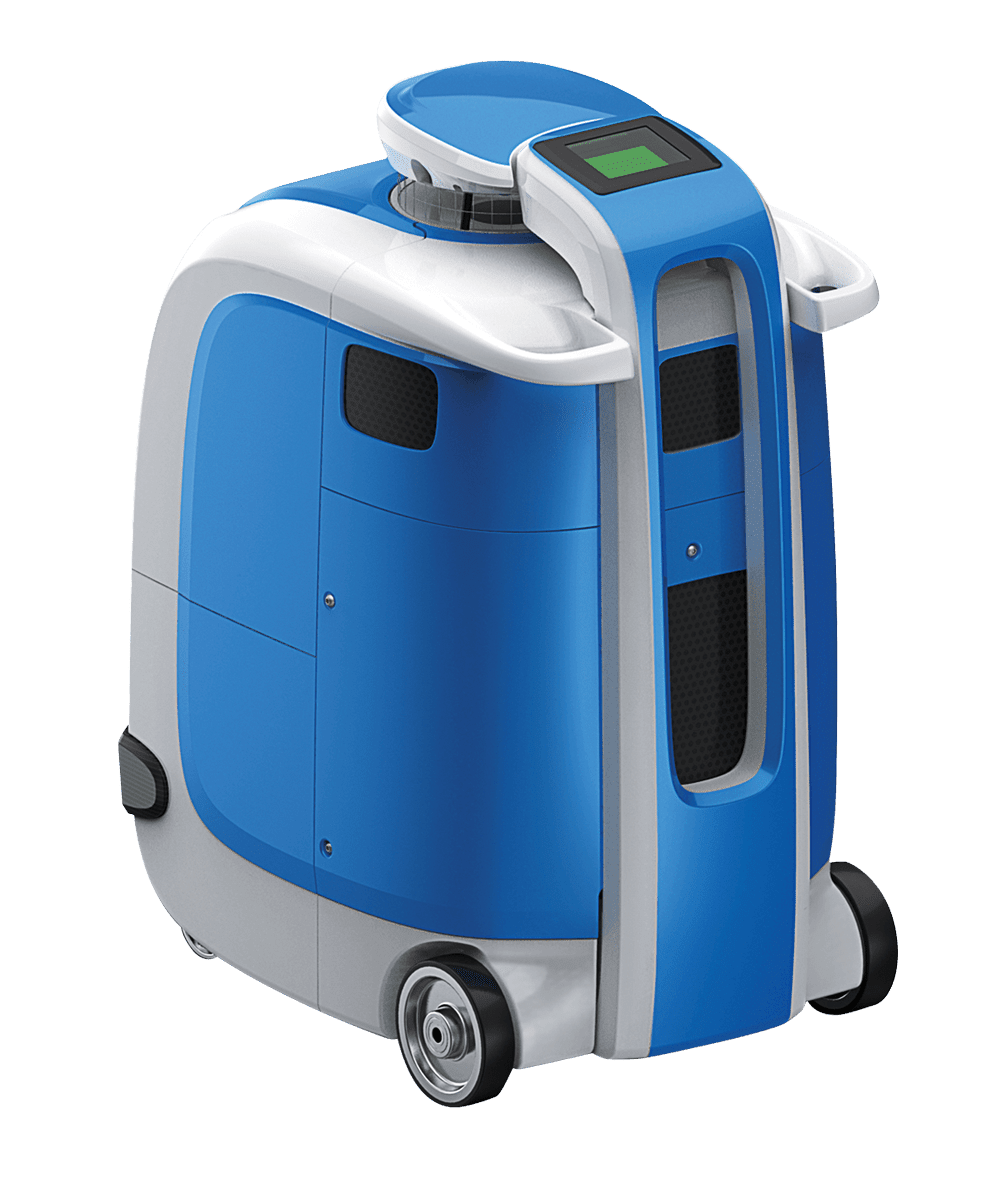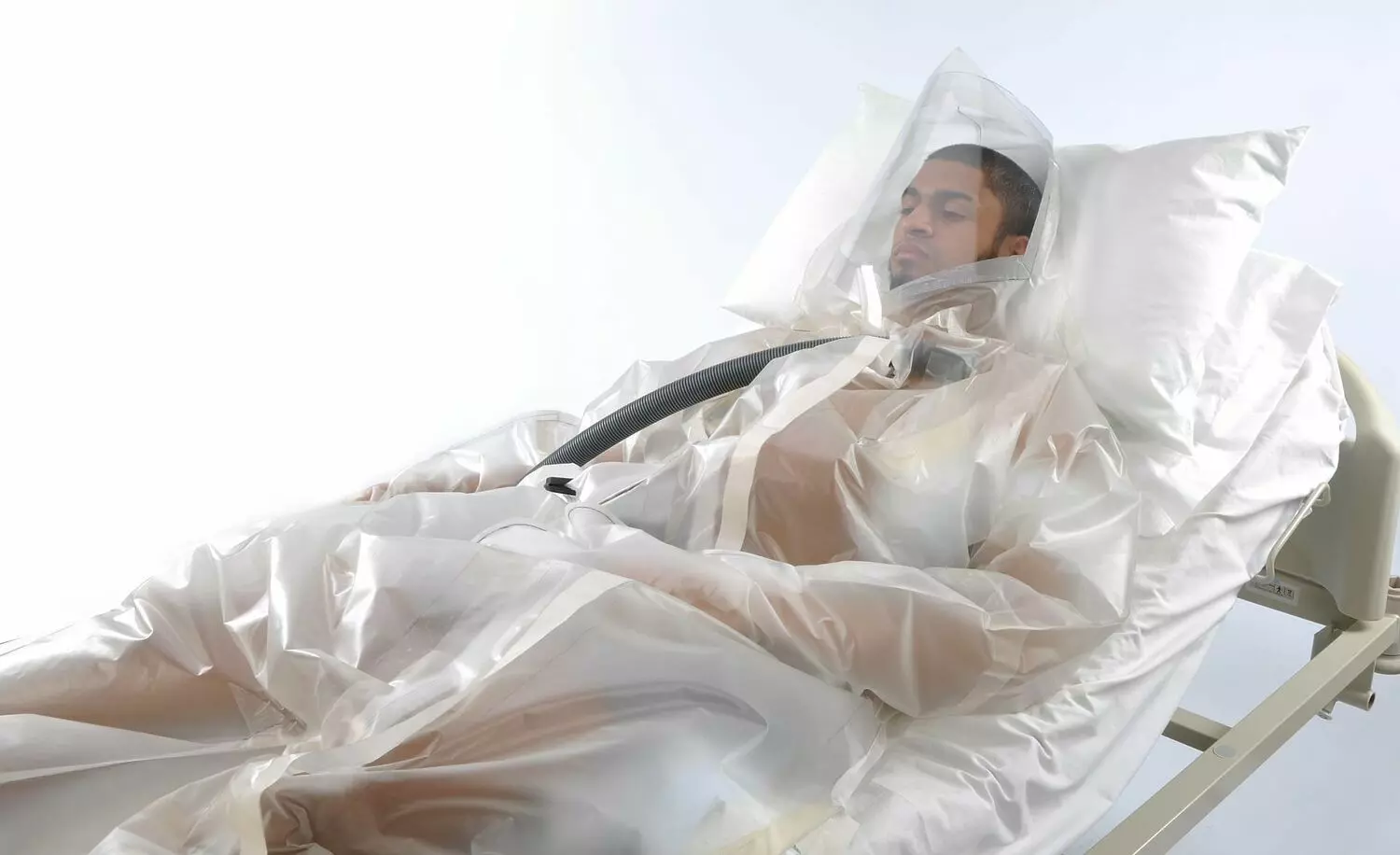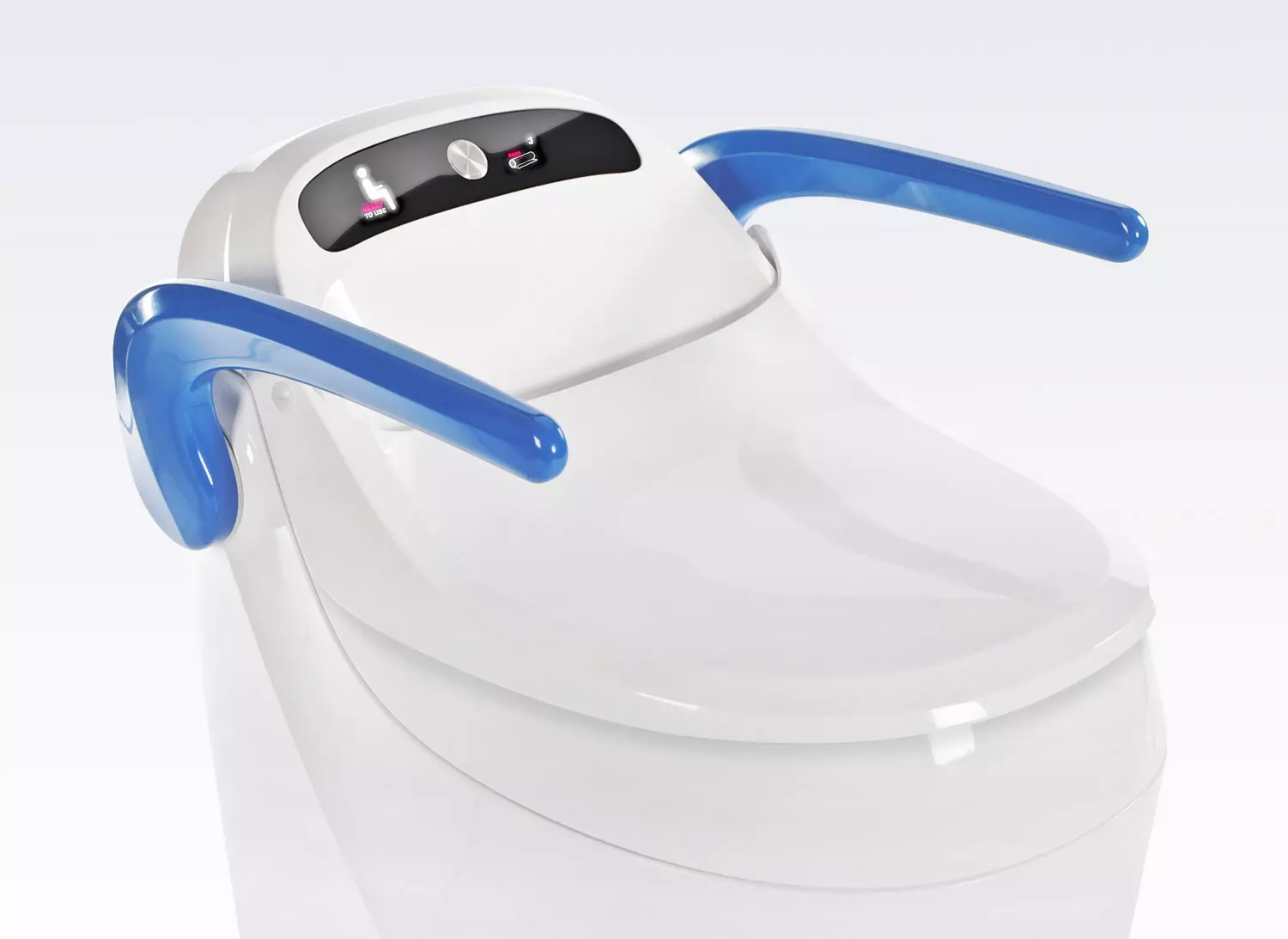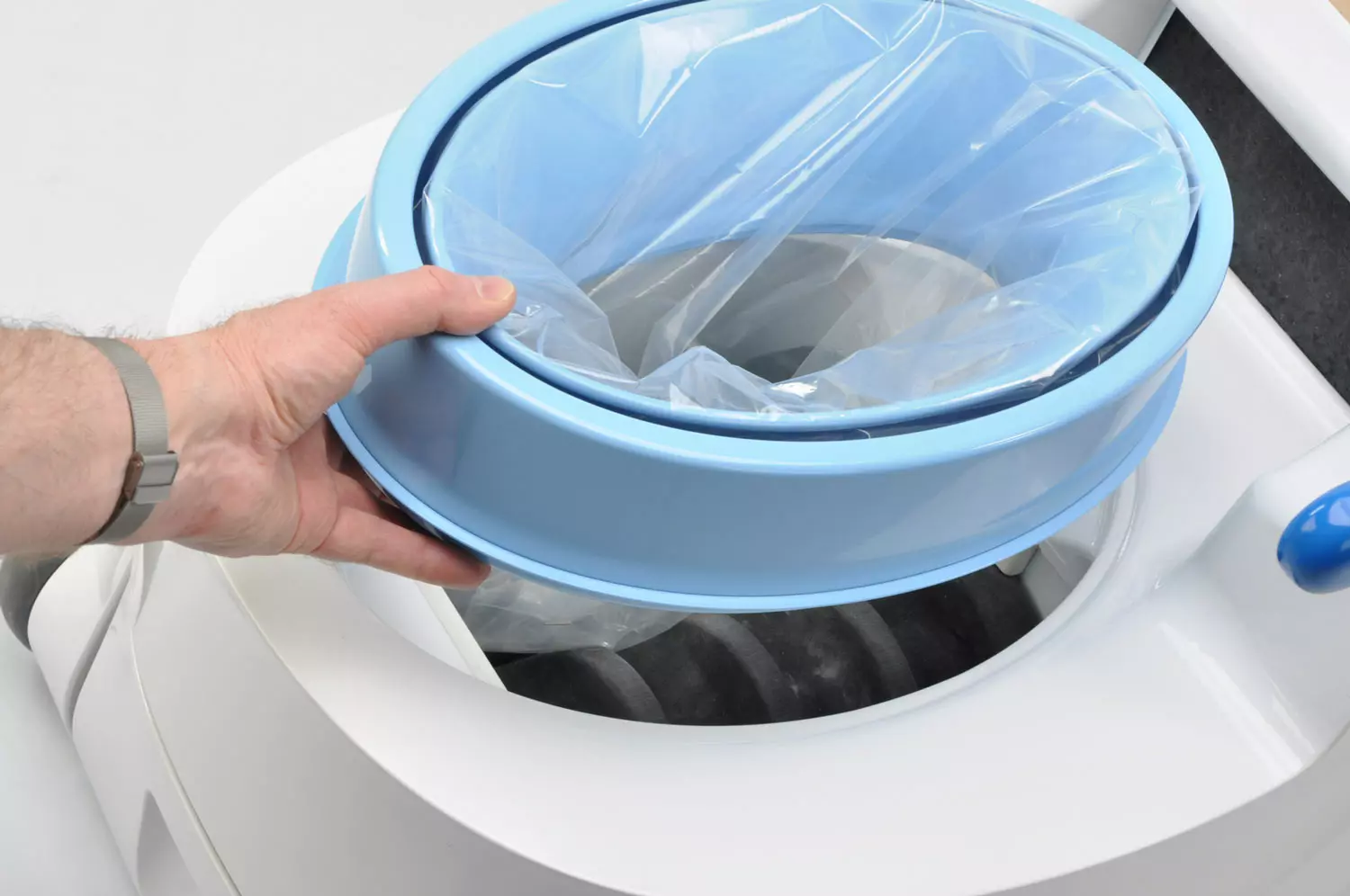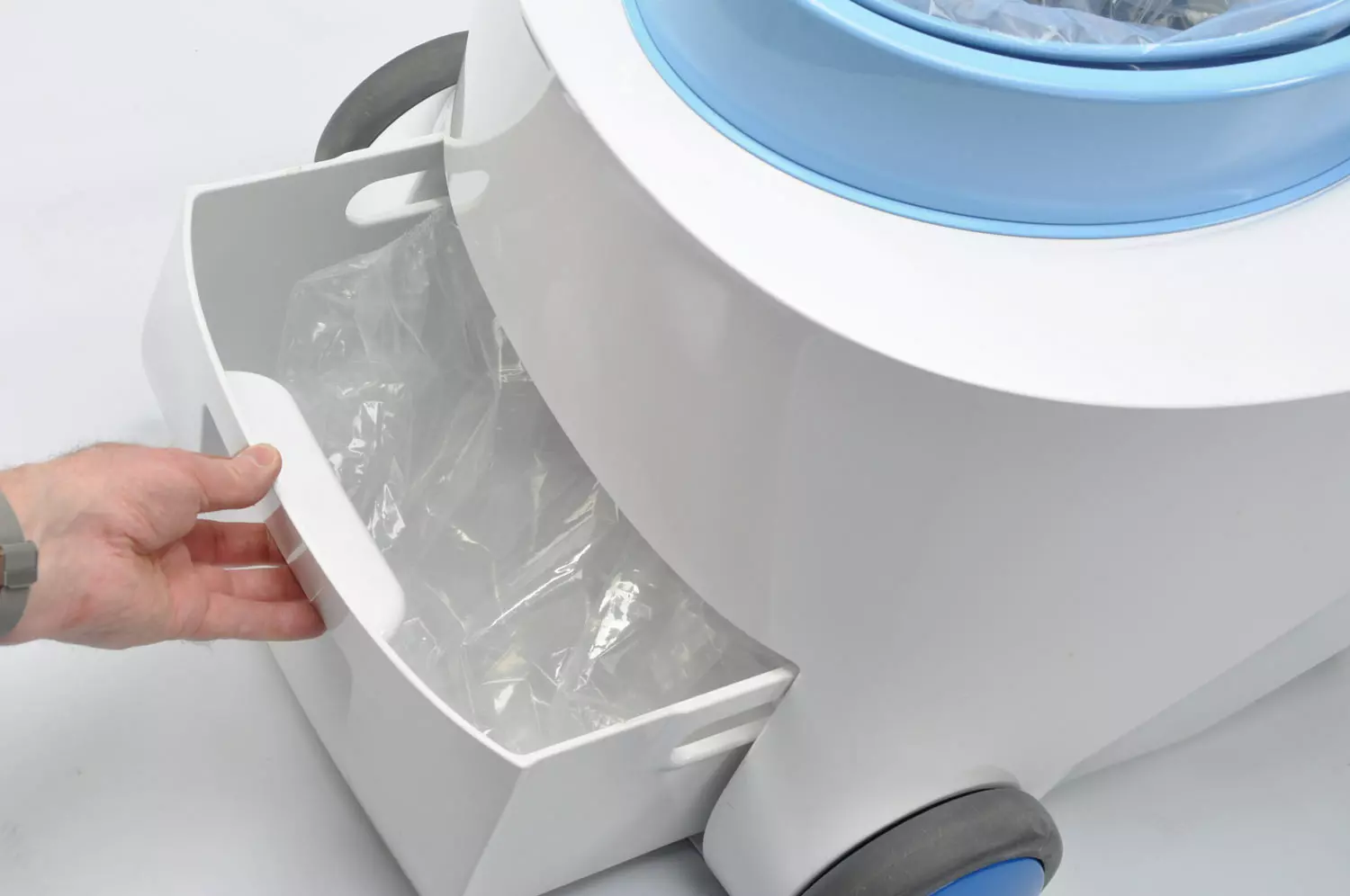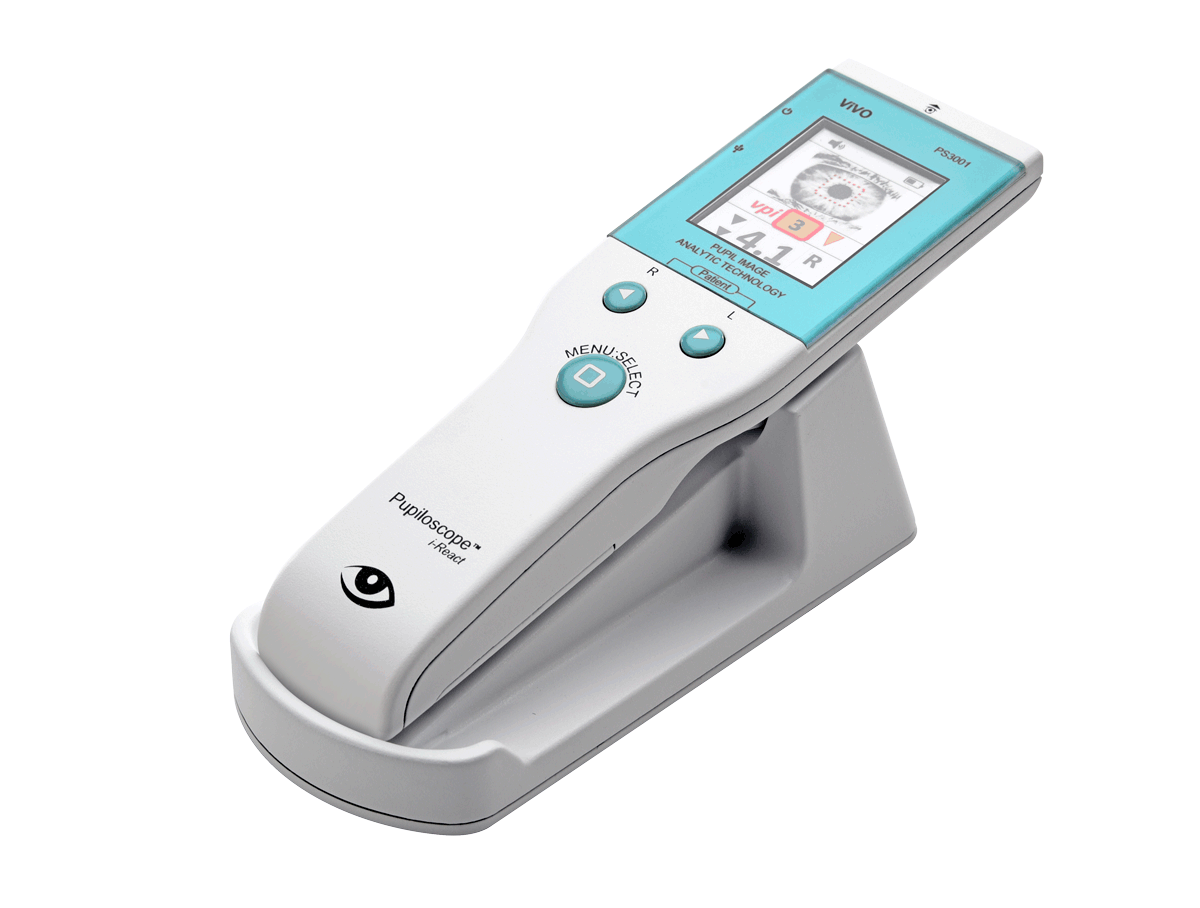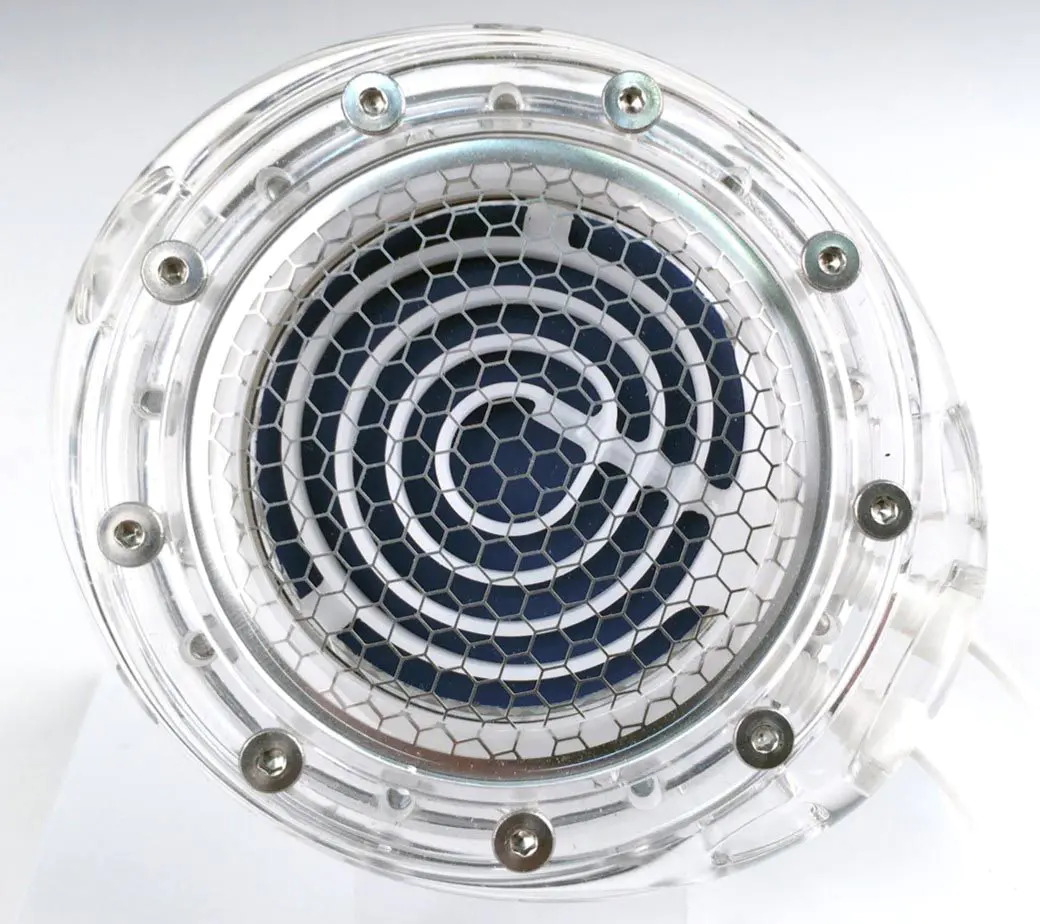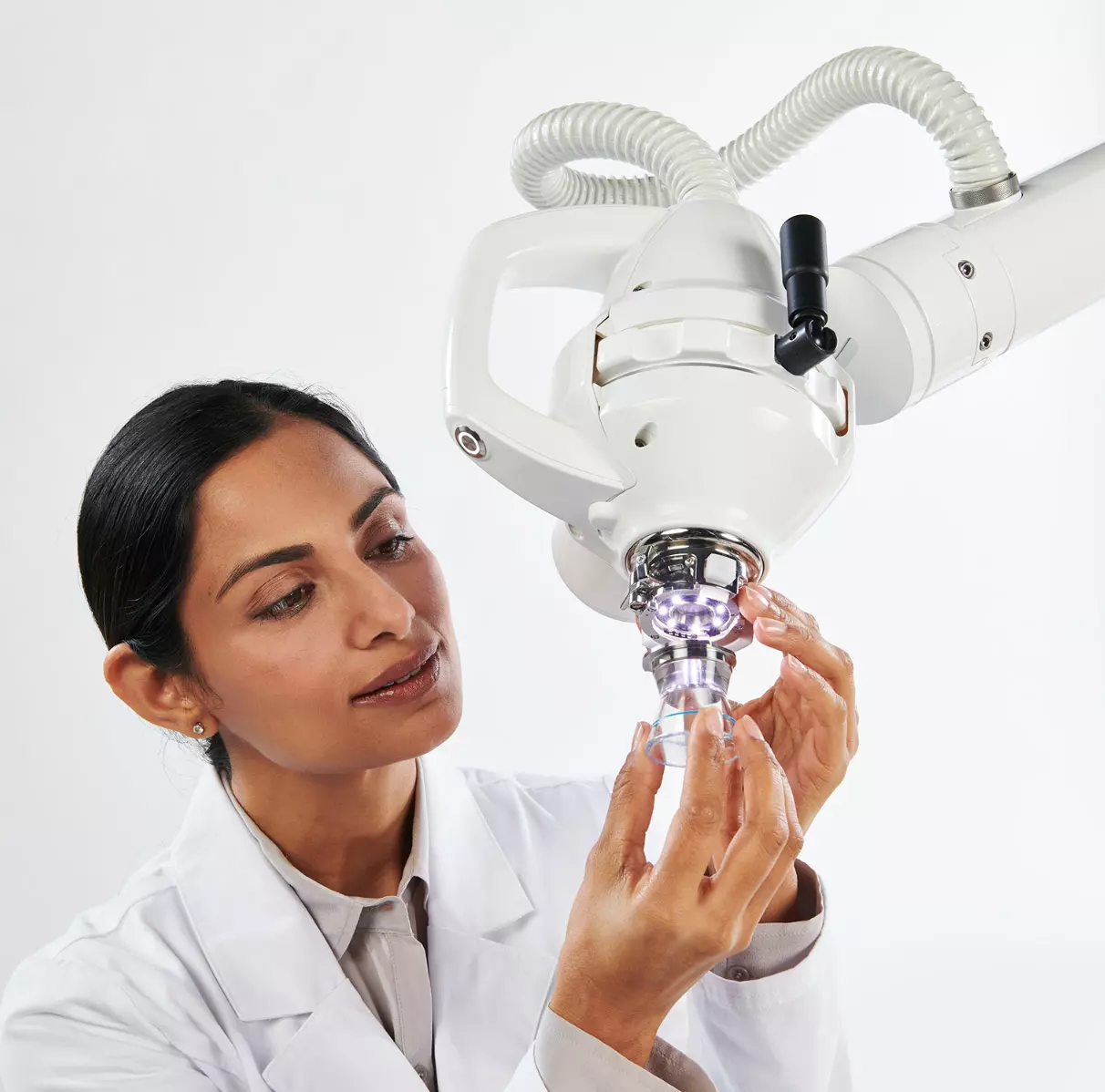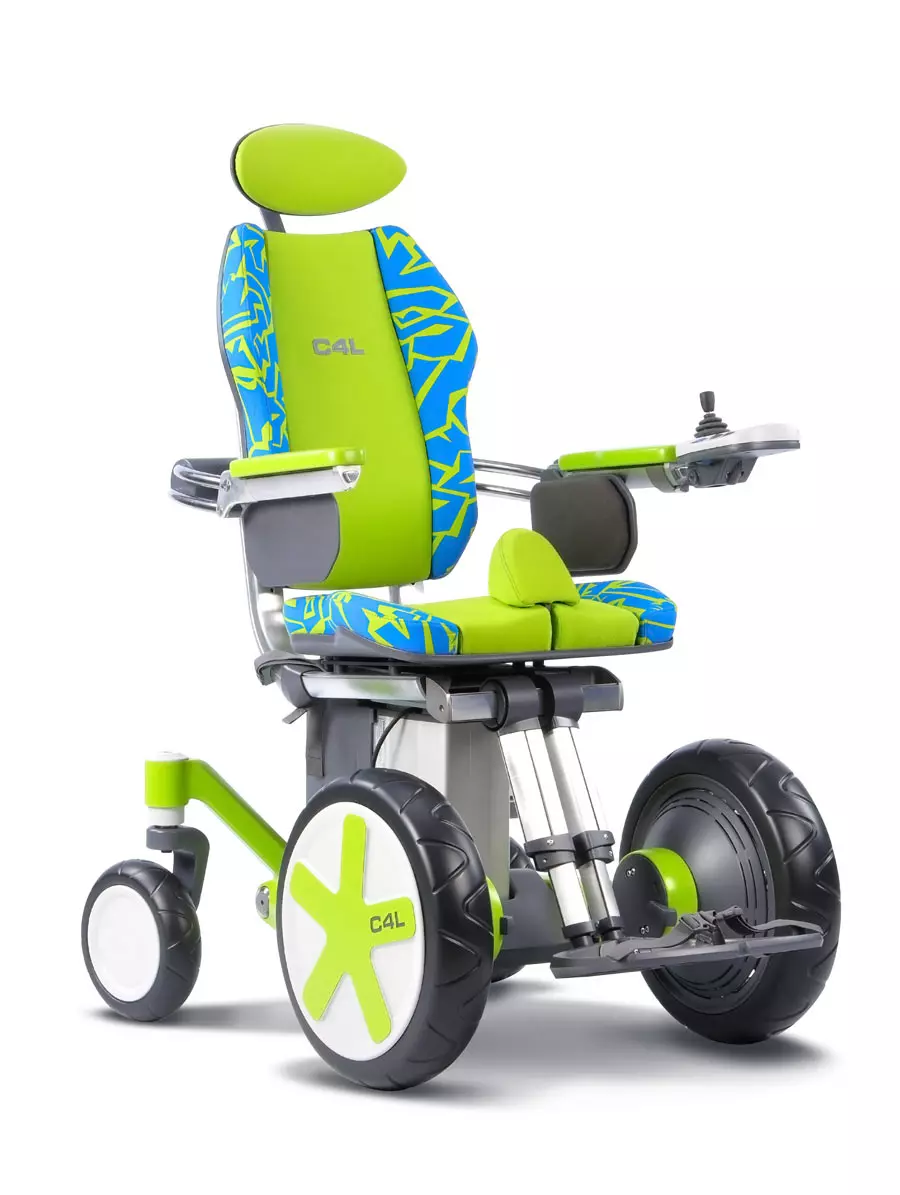The Future of Medical Design in Infection Control
The future is promising. With advancements in technology and an ever-emerging understanding of the microbiological ecosystem, we’re creating medical designs that are not just reactive but proactive. We’re exploring and developing environments that self-sanitize, equipment that alerts users to contamination risks in real time, and spaces that adapt automatically based on infection control needs.
Infection control is not just a healthcare concern, it’s an ongoing design challenge. As a medical design company, we are at the epicenter of this challenge, committed to creating environments that are not only safe but also easy to deploy in response to clinical needs. Through collaboration with healthcare professionals, the application of targeted innovation, and a deep understanding of the healthcare landscape, we are helping to deliver safer and more efficient environments for healthcare.

